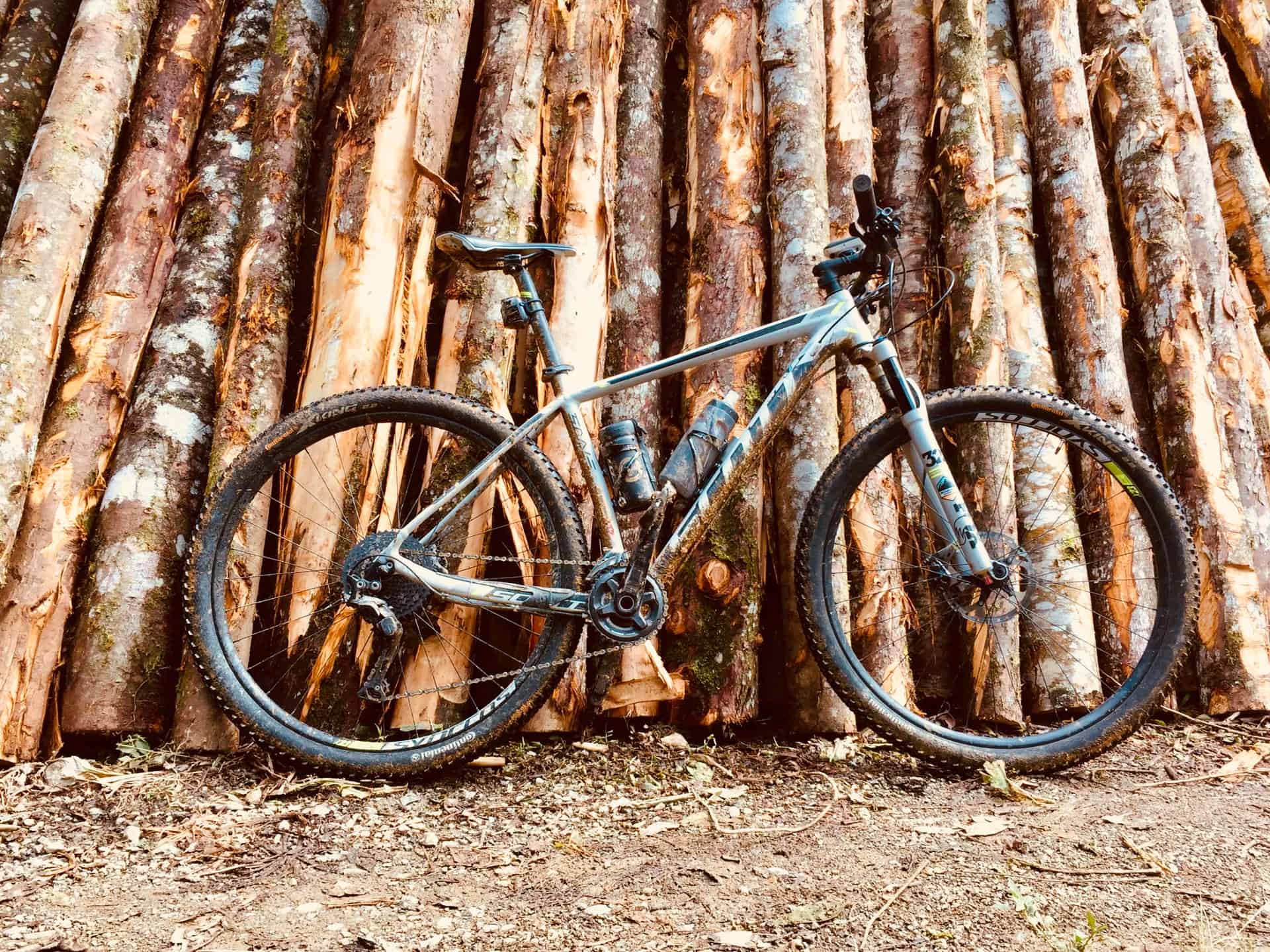You probably ride a Scott but have you wondered where your Scott bike was made? If yes, and you haven’t yet figured it out, you are in the right place.
Here’s all you need to know about where these bikes are made.
Where are Scott Bikes Made? The Full Details
Scott Sports is quite an innovative company with a lot of significance in the cycling industry. Scott bikes are manufactured in Givisiez, Switzerland, the company’s headquarters.
The frames are manufactured in Taiwan and transported to the factory at the main headquarters, where assembly occurs. The brand has branches in South Africa, United States, Europe, and India.
What about the Components?
Scott bikes use Syncros components, including rims, handlebars, grips, stems, seat pots, and saddles. Syncros also manufactures bottle holders, shoes, bottles, saddlebags, and other bike-related merchandise.
The Syncros brand has been through the hands of several companies since its establishment in the 80s.
However, the most successful period of the brand was after Scott Sports purchased it. Syncros components are manufactured in Taiwan, China, and at the main assembly station in Givisiez.
Scott Bike Production History
Before Scott Sports dipped its toe into the bike business, Ed Scott, its founder, invented an alloy ski pole.
Back then, poles were made of either steel or bamboo. The company also manufactured motocross wear, including googles, before expanding to Europe.
Scott’s first contribution to the cycling industry was the clip-on aerodynamic handlebar in 1989. An American athlete, Greg LeMond, used the bars in his Tour De France win the same year.
Two years later, Scott introduced the first suspension fork known as Unishock before introducing the first full-suspension bike to the market.
In 1995, Scott produced their first carbon MTB of all carbon bikes. The bike, known as Endorphin, went ahead to scoop medals in the World Cup and the Olympics and got the media’s attention. Endorphin was indeed a force to reckon with.
Perhaps one of Scott’s most significant milestones was the arrival of the Genius. Before the Spark and Gambler, there was the Genius which hit the markets in 2003.
Back then, the bike market had many full-suspension bikes, and only the bike’s features set it apart from the rest.
The Genius had a shock-adjustable setting which included traction mode, all-travel mode, and lock-out mode.
Soon enough, the Genius was trending, and pushing the fame even further, Thomas Frischknecht won the World Championship marathon.
In 2010, Scott availed the Twin Loc suspension technology. The Twin Loc allowed the rider to set the travel setting for the forks and rear suspension of their bike frames right from the handlebars.
The Twin lock allowed the rider to switch between full travel, traction mode, and full lock for the suspension system. Just recently, Scott introduced the Triple Loc, which also includes the dropper seat post travel setting.
The next huge milestone was the launch of the Scale 700 and Genius 700 in 2012. These were the first Scott bikes with 27.5” wheels. Nino Schurter, a little-known athlete back then, went ahead to conquer a race track after another with the Scott Scale 700 RC.
Also Read: Scott Spark 2022 Detailed Review
History of Syncros
Syncros is part of Scott, and it’s important to discuss its history, though briefly. Whenever a Scott bike captivates you, you can’t help noticing the graphics on the rims, stem, seat posts, and bars. Syncros was originally a Canadian company that dealt with bicycle components.
In the early 90s, the brand had most of the sought-after MTB parts. Unfortunately, the bike went bankrupt in the late 90s and was acquired by GT.
GT then ended up in the hands of Schwinn, which was later absorbed by Pacific Cycles, a Canadian company.
Pacific was known for building cheap Schwinn bikes, and it used the Snycros label on cheaply produced bike parts and ruined the brand. With the reputation of the Syncros brand damaged, a UK company, Super Cycles, acquired it.
In 2003, Tom Ritchey bought Syncros. You may have noticed Ritchey stems and head tube caps on some Scott road bikes and some MTBS. But, it’s Tom that helped Syncros back to its feet.
The brand quickly rose back to being the global icon of producing bike parts. Then, in early 2021, Scott purchased Syncros, and as they say, the rest is history.
Wrapping Up
Anyone that has ridden a Scott bike knows that the brand doesn’t compromise on quality.
It’s one of the most innovative bike companies in the world. Now you know where Scott bikes are made. You might want to experience the bikes at a rider level.





